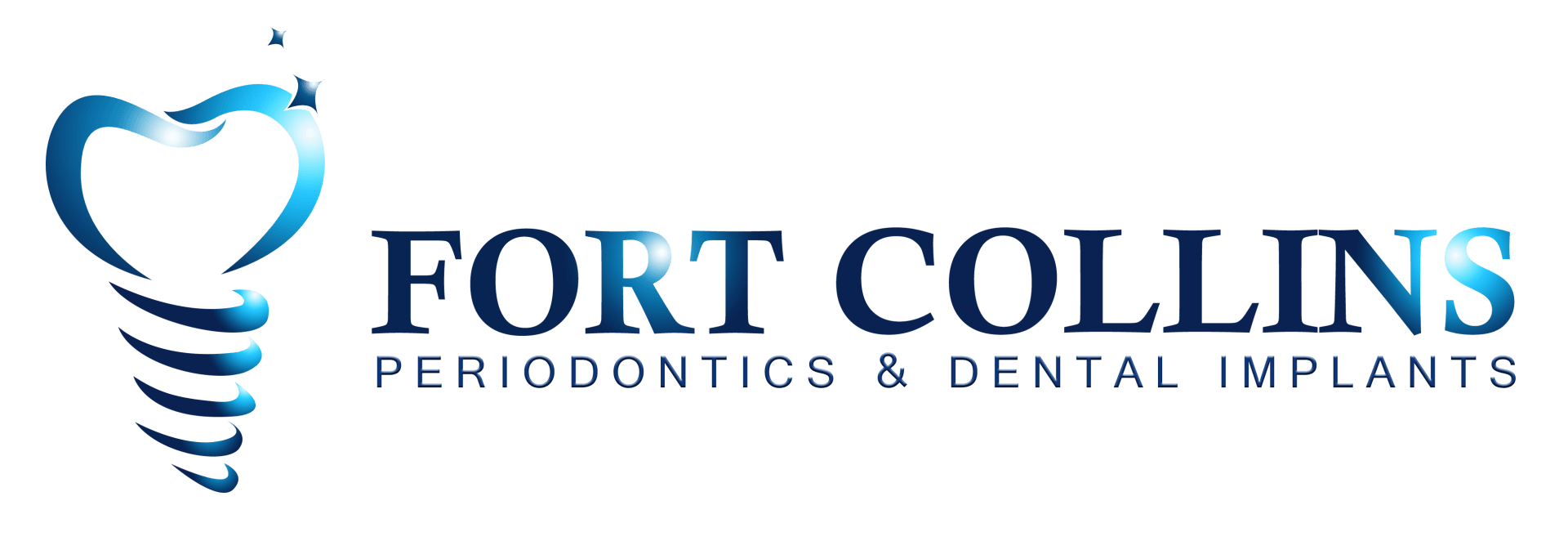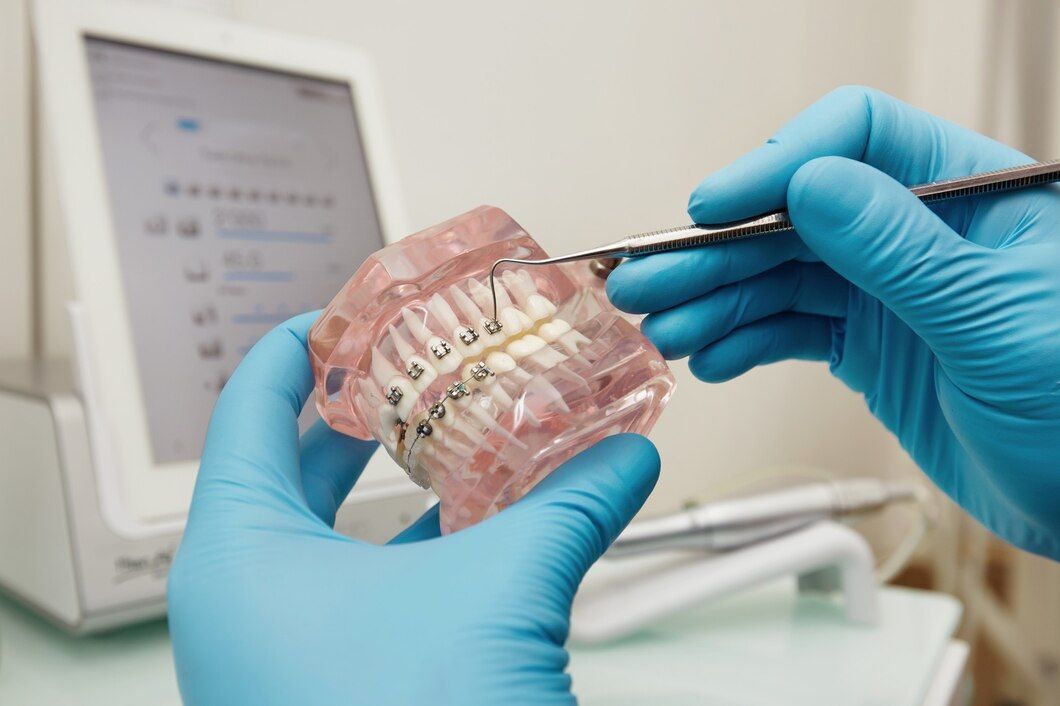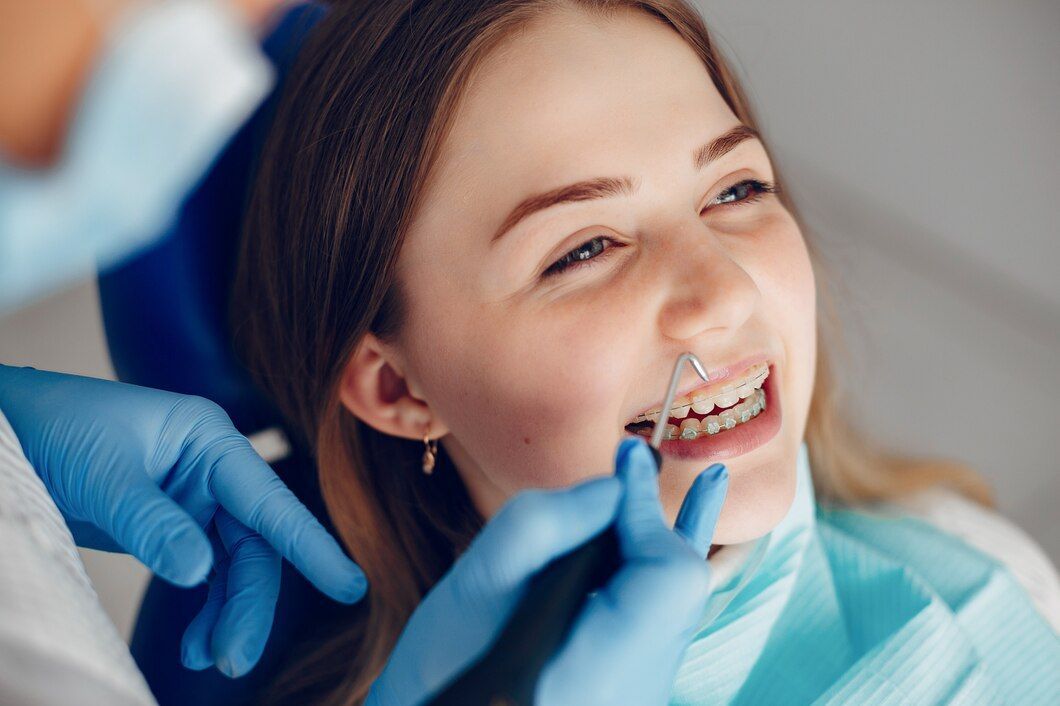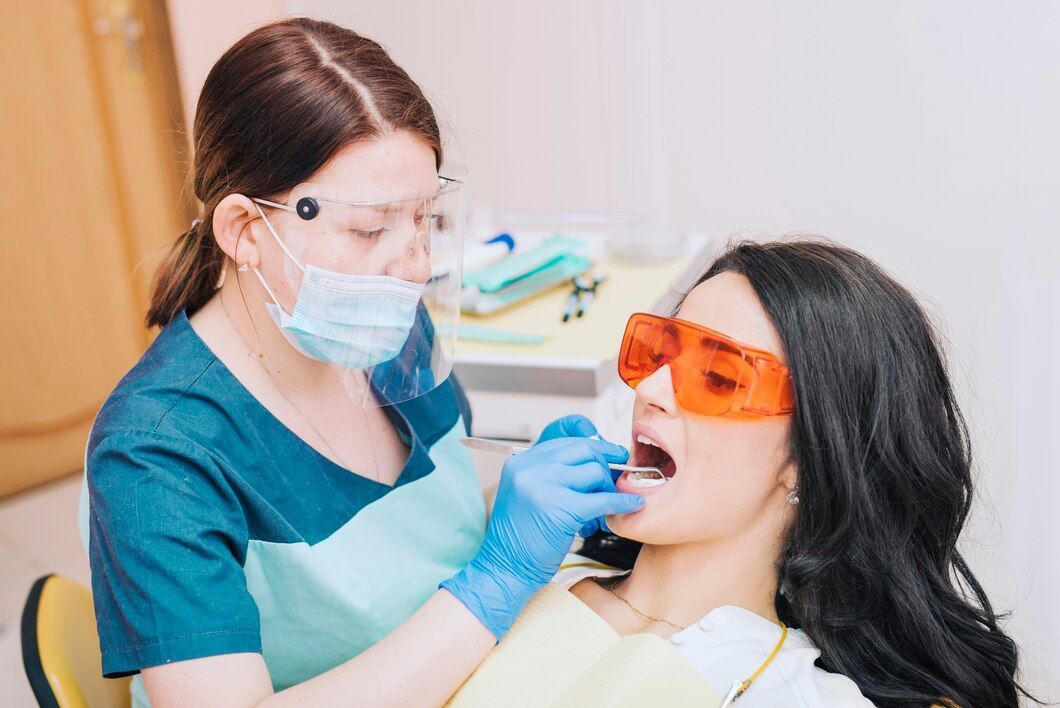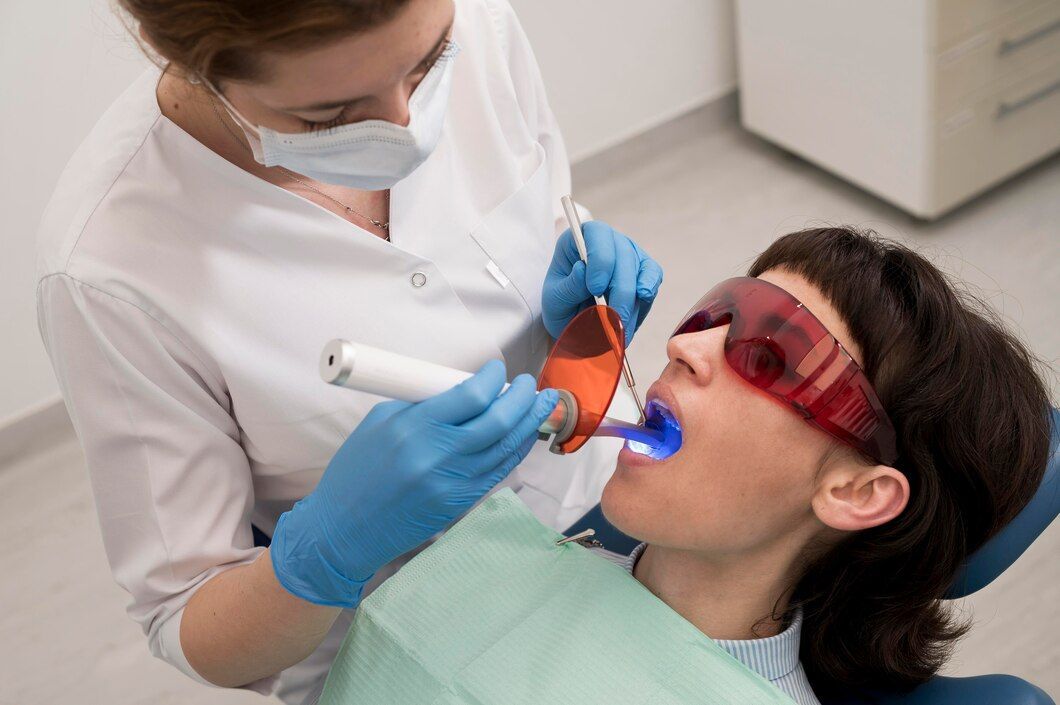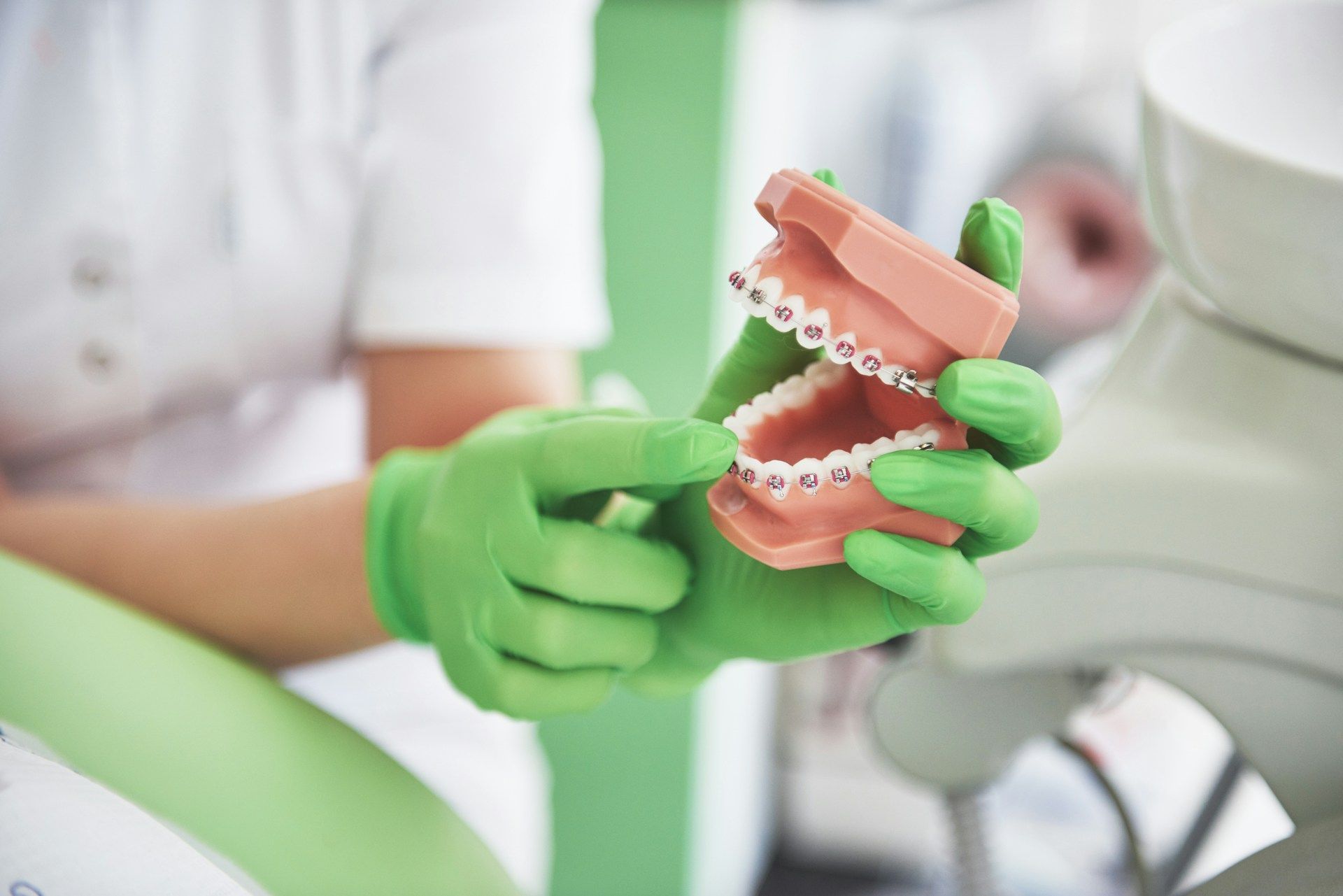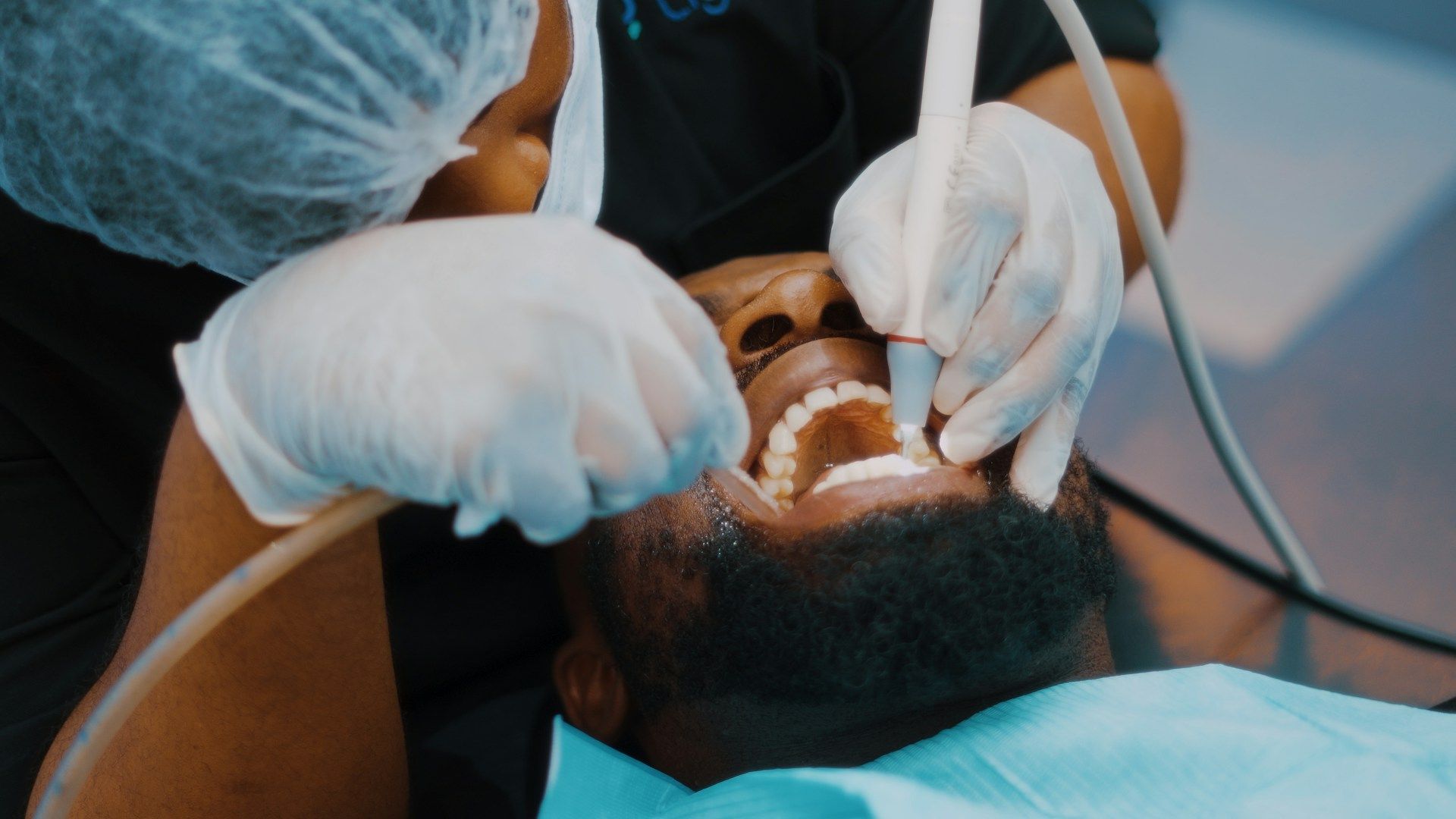Top 10 Signs of Periodontal Disease You Shouldn't Ignore
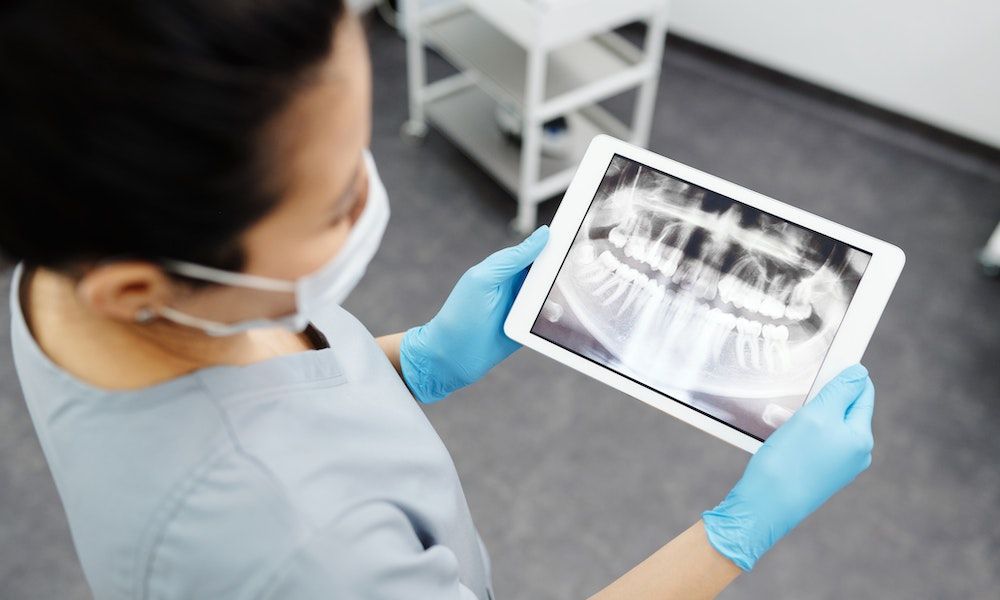
Periodontal disease, more commonly known as gum disease, is a progressive oral health issue that affects millions of Americans each year. If left untreated, it can cause severe damage to the gums, supporting bone structure, and ultimately lead to tooth loss. Early detection and intervention are crucial in managing gum disease and preventing its progression to more advanced stages. Fortunately, there are noticeable signs and symptoms that can alert you to potential periodontal problems, allowing you to take action and preserve your oral health.
In this informative listicle, we'll explore the top 10 signs of periodontal disease you shouldn't ignore and emphasize the importance of seeking professional intervention when these symptoms arise. By recognizing the early indicators of gum disease and addressing them promptly, you can safeguard your oral health and maintain a beautiful, healthy smile for years to come.
1. Red, Swollen, or Tender Gums
One of the earliest signs of periodontal disease is red, swollen, or tender gums. Gums may appear puffy and be sensitive or painful to touch. This is primarily caused by inflamed gum tissues resulting from plaque and bacteria accumulation around the teeth and gums. It's essential to seek dental care if you experience these symptoms, as addressing gum inflammation early can prevent more severe issues down the line.
2. Bleeding Gums During Brushing or Flossing
Healthy gums should not bleed while brushing or flossing. Bleeding gums often indicate the presence of gingivitis, the earliest stage of gum disease. Gingivitis occurs when plaque and bacteria accumulate around the gum line and cause inflammation. Proper oral hygiene and routine dental cleanings can typically reverse gingivitis and prevent further damage to the gums.
3. Persistent Bad Breath or a Foul Taste in the Mouth
Bad breath, also known as halitosis, is not uncommon; however, persistent bad breath or a consistent foul taste in the mouth may be an indicator of gum disease. Bacteria trapped in the mouth release volatile sulfur compounds, which cause unpleasant odors and tastes. These bacteria can contribute to gum disease and may also point to poor oral hygiene habits.
4. Gum Recession and the Appearance of Longer Teeth
Gum recession occurs when gum tissue pulls away from the tooth, exposing more of the tooth's surface or, in extreme cases, the tooth's root. This can be a result of gum disease, aggressive brushing technique, or chronic teeth grinding (bruxism). Gum recession can cause tooth sensitivity and increase the risk of tooth decay, so it's crucial to address this issue early on.
5. Loose Teeth or a Change in Your Bite
As gum disease progresses, it can cause the supporting bone structures around the teeth to deteriorate. This weakening of the bone can lead to loose teeth or a change in your bite, either of which may signal advanced periodontal disease. It's vital to consult a dental professional immediately if you notice any changes in your bite or the stability of your teeth.
6. Tooth Mobility and Drifting
As periodontal disease advances, teeth may shift or drift as the loss of supporting bone structure creates more space for tooth movement. Tooth mobility and drifting can result in gaps forming between teeth, bite irregularities, and potential tooth loss if left untreated.
7. Pus Between Your Teeth and Gums
The presence of pus between your teeth and gums is a sign of an infection and should not be ignored. It indicates a more advanced stage of periodontal disease, where the infection has reached the tissues and bones supporting the teeth. Visiting a dentist immediately is crucial to address this symptom and prevent further damage to your oral health.
8. Tooth Sensitivity or Pain
Tooth sensitivity or pain can be caused by various factors, such as exposed tooth roots from gum recession, cavities, or tooth grinding. However, prolonged sensitivity or pain could also indicate periodontal disease. When the infection reaches the tooth's root and supporting bones, you may experience discomfort while eating or drinking hot and cold beverages. It's crucial to consult a dentist for proper diagnosis and treatment.
9. Periodontal Pockets
Periodontal pockets are spaces between the teeth and gums that have formed due to gum inflammation and bone loss around the teeth. The pockets harbor bacteria and plaque, which can worsen the infection and deepen the pockets. During a dental exam, your dentist or hygienist will measure these pockets to assess the severity of your gum disease.
10. Systemic Health Issues Linked to Periodontal Disease
Numerous research studies have established a connection between periodontal disease and systemic health issues, such as heart disease, diabetes, respiratory diseases, and premature birth. Researchers believe that periodontal disease's bacteria and systemic inflammation may contribute to these conditions or exacerbate existing health issues.
It's essential to be vigilant about your oral health and stay informed about the common symptoms of periodontal disease. By recognizing these signs early and seeking timely professional intervention, you can effectively manage gum disease, preserve your oral health, and maintain a beautiful, healthy smile.
Protect Your Smile with Fort Collins Periodontics and Dental Implants
Periodontal disease can have grave consequences for your oral health, but early detection and intervention can make all the difference. At Fort Collins Periodontics and Dental Implants, our skilled team of specialists is committed to helping you prevent and manage gum disease using advanced treatments tailored to your unique needs. We believe in partnering with our patients to educate them about the symptoms and risks of periodontal disease, empowering them to take control of their oral health.
Don't let periodontal disease compromise your smile – schedule a consultation with your
Fort Collins periodontist today at Fort Collins Periodontics and Dental Implants and discover how our tailored, compassionate care can help you achieve optimal oral health. Together, we can ensure that your smile remains bright and healthy for years to come.

Working Hours
Tue - Thu: 8:00 am - 5:00 pm
Friday: 8:00 am - 2:00 pm
Sat - Sun: Closed
Monday: Closed
